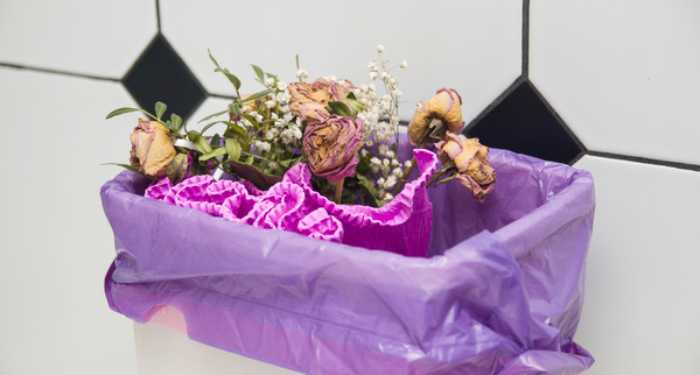Show the Earth Some Love this Valentine’s Day by Composting Your Flowers
Posted February 8, 2023Roses are the epitome of love on Valentine’s Day, with an estimated 250 million produced every year in the United States alone. While some may cherish their wilting petals as potpourri, the reality is that a majority of them end up in the trash and contribute to the overflowing landfills.
This year, why not extend your love to the planet by composting your expiring bouquets? Composting not only reduces methane emissions in landfills, but also creates a nutrient-rich fertilizer for your garden. To get the best results, remove any non-organic elements such as ribbons, plastic components, or decorative twigs.

COMPOSTING CUT FLOWERS
The timing of composting your cut flowers determines if they’ll be a nitrogen-rich “green” or carbon-rich “brown” material. If they’re just starting to wilt, add them to your compost bin for a boost of nitrogen. If they’ve dried out, they’re considered “brown” and can be added as a source of carbon. No matter when you add them to your compost, cut flowers are a valuable addition to your composting efforts. To create a healthy and well-balanced compost, it’s important to have a mix of both green and brown materials.
In addition to cut flowers, kitchen waste such as fruit and vegetable scraps, coffee grounds, and eggshells are great sources of green materials. On the other hand, leaves, twigs, and shredded paper are excellent sources of brown materials.
By composting your cut flowers, you’re not only doing a favor to the planet but also creating a sustainable ecosystem in your own backyard. So this Valentine’s Day, spread the love and compost your bouquet! And to learn more about composting, check out our Beginner’s Guide to Composting for expert tips and advice.

